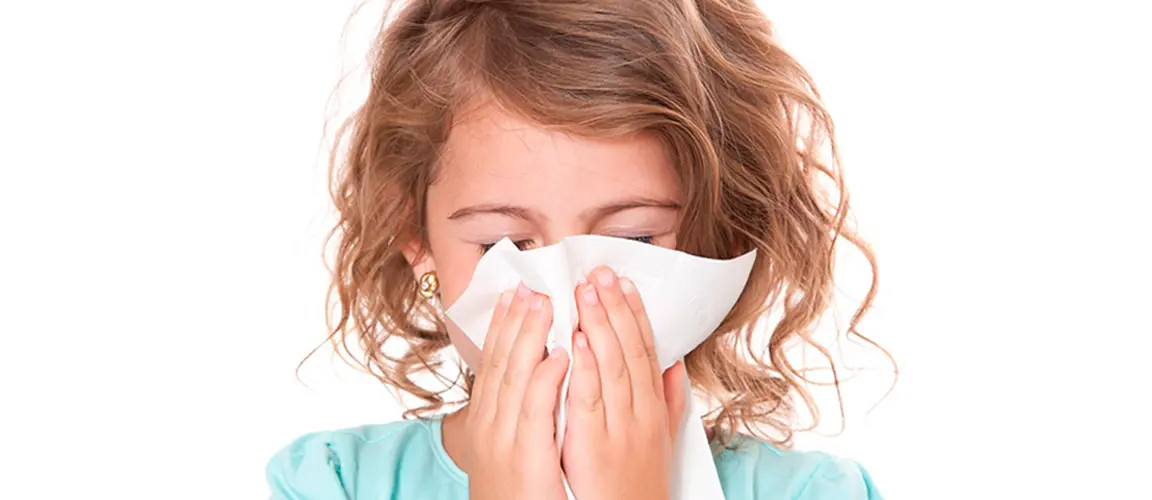Taking these five simple steps for staying healthy during flu season can help stop germs from spreading— and children from missing school due to illnesses like cold and flu.
1. GET YOUR FLU SHOT.
The Centers for Disease Control and Prevention (CDC) recommends a yearly flu vaccine for everyone six months and older. It’s the first and most important way to prevent the flu. The flu shot does not cause the flu. The vaccine typically takes 2 weeks to reach full strength, so if someone is exposed to the flu virus during that time, they may still get sick.
2. HELP PREVENT THE SPREAD OF GERMS.
Help protect yourself from contagious illnesses:
- Cover your nose and mouth with a tissue when you cough or sneeze.
- Wash your hands with soap and warm water.
- Remind children to avoid touching their eyes, nose or mouth.
- Send supplies of disinfectants to your child’s classroom.
3. AVOID SICK PEOPLE AND STAY HOME IF YOU ARE SICK.
To stay healthy, it’s important for children to avoid other students who are coughing or sneezing, and to stay home if they’re sick.
4. REINFORCE HEALTHY HABITS AT HOME.
As a parent, you can help fight the spread of germs by diligently cleaning and disinfecting countertops and frequently-touched surfaces like doorknobs and light switches. Also, disinfect items that your child brings home from school - such as backpacks - with Lysol® Disinfectant Spray to help prevent germs from spreading to other surfaces in the home.








